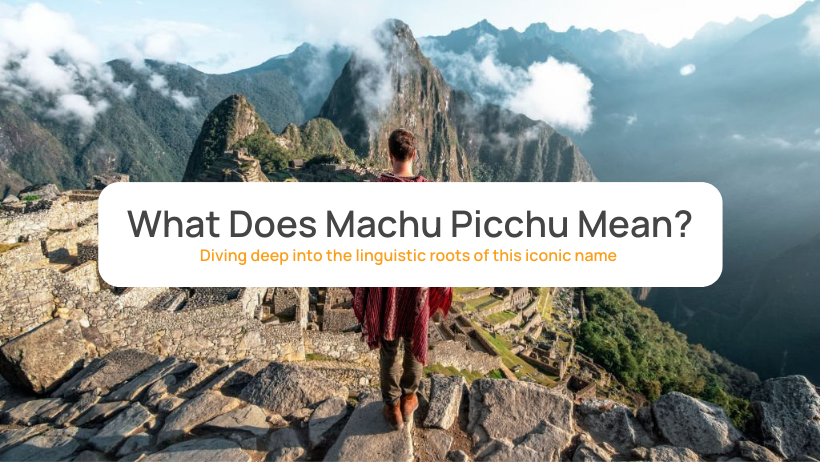Table of Contents
What Does Machu Picchu Mean?
Welcome to the enchanting world of Machu Picchu! Have you ever wondered about the meaning behind this ancient Incan citadel? In this article, we will delve into the significance of Machu Picchu, the language spoken by the Incas, the origin of its name, and its cultural importance. So, let’s embark on a fascinating journey to uncover the secrets of Machu Picchu and its captivating meaning!
What is the Meaning and Significance of Machu Picchu?
Machu Picchu holds a deep historical and cultural significance for the people of Peru and the world at large. This awe-inspiring archaeological site, nestled high in the Andes Mountains, is often referred to as the “Lost City of the Incas.” But what does Machu Picchu actually mean?
Machu Picchu, when translated from Quechua, the language of the Incas, can be interpreted as “Old Mountain” or “Old Peak.” This name perfectly captures the essence of this ancient city, as it is perched on a ridge between two towering peaks, surrounded by breathtaking natural beauty. The significance of Machu Picchu lies in its preservation of Inca history, architecture, and cultural heritage. It serves as a testament to the ingenuity and advanced engineering skills of the Inca civilization.
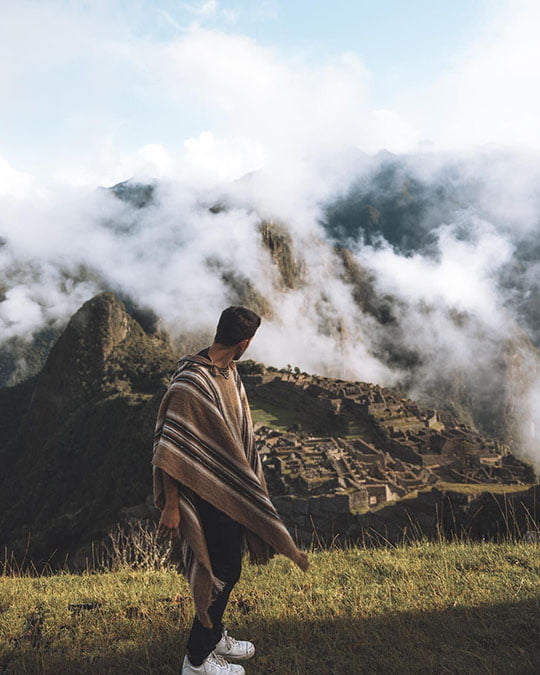

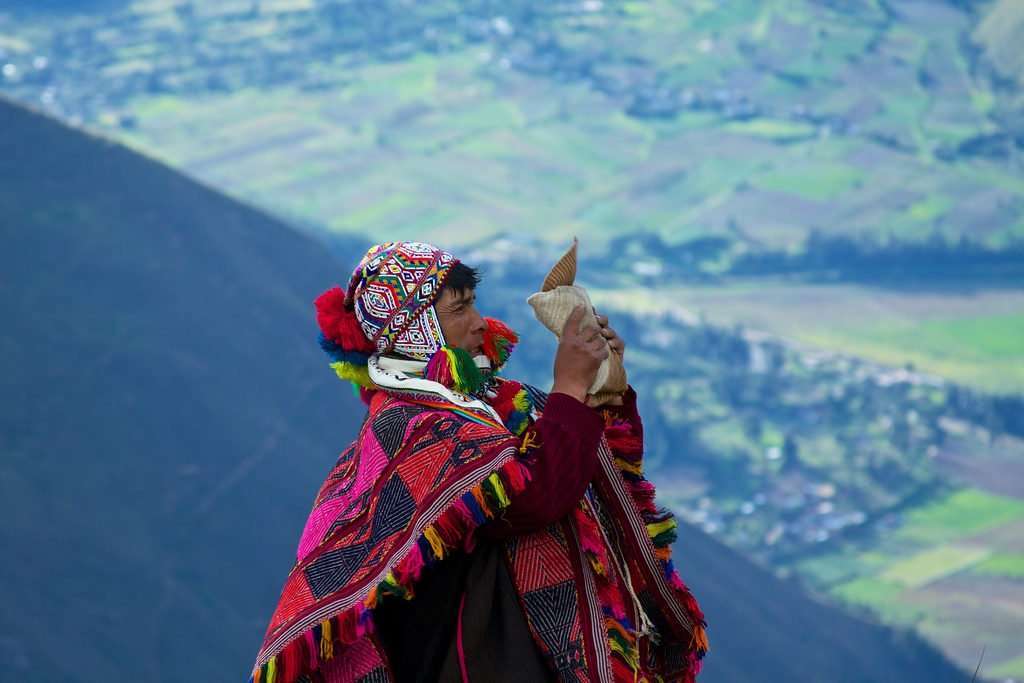

What Language Did the Incas Speak?
To understand the meaning of Machu Picchu, it’s important to explore the language spoken by the Incas. The Incas, an ancient civilization that thrived in the Andean region of South America, primarily spoke Quechua. Quechua is still spoken by indigenous communities in Peru and other Andean countries today. It is a rich and vibrant language, reflecting the deep-rooted traditions and wisdom of the Inca culture. The name “Machu Picchu” itself is derived from Quechua, further emphasizing the connection between the site and the Inca civilization.
The Incas considered Quechua as a sacred language. Quechua played a vital role in their daily lives, religious rituals, and administrative affairs. Despite the passage of time and the influence of other languages. It has persevered as a living testament to the Inca legacy. Today, visitors to Machu Picchu can still hear the echoes of Quechua in the songs and conversations of local communities.
Who Named the Archeological Complex?
The archeological complex we now know as Machu Picchu was named by the American historian and explorer, Hiram Bingham. In 1911, Bingham rediscovered the ruins, which had been hidden from the world for centuries. His expedition to the region was motivated by his interest in studying the history and culture of the Inca civilization. When he first laid eyes on the majestic site, he was captivated by its grandeur and the mysteries it held.
Bingham named the site “Machu Picchu,” which means “Old Mountain” or “Old Peak” in Quechua. This name is fitting as Machu Picchu is nestled amidst the majestic peaks of the Andes Mountains.
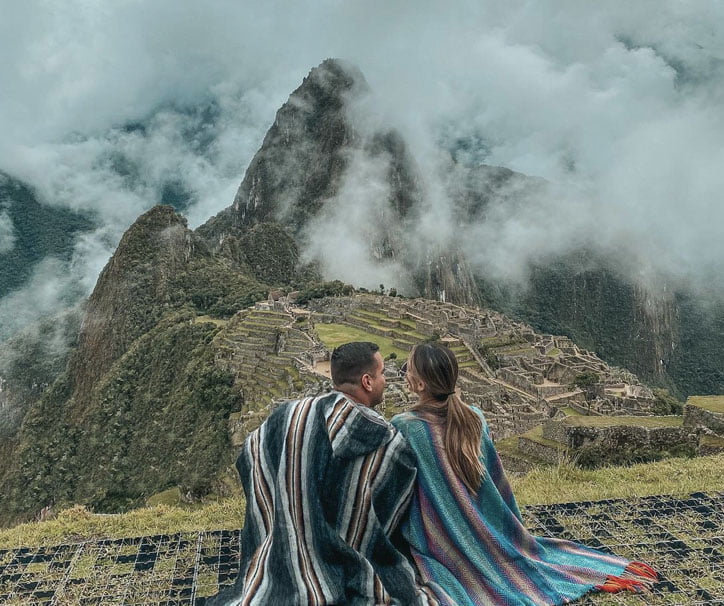

What Machu Picchu Means in the Culture
The significance of Machu Picchu extends beyond its name. For different groups, Machu Picchu holds varying cultural meanings.
For the Incas
Machu Picchu was considered a sacred and spiritual place for the Incas. Because it is believed to have served as a retreat for Inca rulers. Where they could connect with the divine and seek wisdom. The meticulous architecture and precise alignment of structures with astronomical events. They suggest the importance of astronomy and spirituality in Inca culture. Machu Picchu was a symbol of their advanced knowledge and their close relationship with the natural world.
For the Inca Royalty
Machu Picchu held a special significance for the Inca royalty. It is believed to have been a royal estate. Where the Inca emperor and his entourage would reside temporarily. The site’s strategic location, nestled high in the mountains, provided a sense of security and seclusion for the ruling elite. Machu Picchu’s beauty and grandeur likely served to enhance their status and reinforce their divine authority.
For Peruvians
Machu Picchu is an enduring symbol of national pride for the people of Peru. It represents the rich history and cultural heritage of their country. The preservation and recognition of Machu Picchu as a UNESCO World Heritage site have been instrumental in fostering a sense of national identity. It attract many visitors from around the globe. The site’s cultural significance is celebrated during festivals and events. Where Peruvians showcase their traditions and showcase the enduring legacy of the Inca civilization.
Ready?
Best tours to Machu Picchu
Machu Picchu Location
Reason for Its Location
The location of Machu Picchu was carefully chosen and holds great significance. Here are three important reasons for its placement:
Strategic Defense: Machu Picchu’s location high in the Andes Mountains provided natural defensive advantages. Situated on a ridge between two mountains, it offered a commanding view of the surrounding valleys and access points. This allowed the Incas to spot potential threats from a distance, making it easier to defend the citadel.
Natural Resources: The region surrounding Machu Picchu is rich in natural resources. It includes fertile land, water sources, and diverse flora and fauna. The site’s location facilitated agricultural activities, ensuring a sustainable food supply for its inhabitants. Additionally, the proximity to rivers and streams provided a reliable water source for drinking and irrigation.
Sacred Landscape: The Incas had a deep reverence for the natural environment, and Machu Picchu’s location in the midst of majestic mountains and breathtaking landscapes held spiritual significance. The surrounding mountains, such as Huayna Picchu and Machu Picchu Mountain, were believed to be sacred and represented powerful deities in Inca cosmology. The harmony between the man-made structures and the awe-inspiring natural setting contributed to the overall sacredness of Machu Picchu.
The Purpose of the Citadel
Machu Picchu served various purposes for the Inca civilization, each contributing to its overall significance:
The primary function of Machu Picchu was as a royal estate and ceremonial center. It provided a secluded retreat for Inca rulers and the elite class, allowing them to connect with the spiritual realm and engage in religious rituals. The temples, plazas, and other structures within the citadel were meticulously designed to align with astronomical events, demonstrating the Inca’s advanced knowledge of astronomy and their belief in the celestial connection to their daily lives.
Machu Picchu also played a vital role in the social, economic, and administrative activities of the Inca Empire. The terraced fields surrounding the citadel were used for agricultural purposes, cultivating crops such as maize, potatoes, and quinoa. The efficient agricultural system allowed for self-sustainability within the citadel, providing food for its inhabitants.
Furthermore, Machu Picchu served as a significant trading hub, connecting various regions of the Inca Empire. Its strategic location on trade routes enabled the exchange of goods, ideas, and cultural practices. The presence of different architectural styles within the citadel suggests the diverse origins of its inhabitants and their contributions to its vibrant community.
Why Visit Machu Picchu?
Visiting Machu Picchu is an extraordinary experience that offers a blend of historical, cultural, and natural wonders. Here are a few compelling reasons to embark on a journey to this iconic site:
- Ancient Wonder: Machu Picchu is recognized as one of the New Seven Wonders of the World. It is a testament to the incredible achievements of the Inca civilization and their architectural mastery. Exploring the intricate stone structures, terraces, and temples allows visitors to marvel at the ingenuity and precision of Inca craftsmanship.
- Cultural Immersion: Machu Picchu provides an opportunity to immerse yourself in the rich cultural heritage of the Inca civilization. From the mystical ruins to the surrounding landscapes, every aspect tells a story of a fascinating ancient culture. Engaging with local guides and communities allows for a deeper understanding of the traditions, rituals, and beliefs of the Incas.
- Natural Beauty: The breathtaking natural beauty that surrounds Machu Picchu is unparalleled. The lush green mountains, cascading waterfalls, and winding rivers create a picturesque backdrop for the ancient citadel. Hiking trails, such as the renowned Inca Trail, offer the chance to explore the stunning Andean landscapes and witness panoramic views along the way.
- Spiritual Connection: Many visitors describe a profound sense of spirituality when visiting Machu Picchu. The energy of the site, combined with the awe-inspiring natural setting, creates a unique ambiance that can be both humbling and transformative. It’s a place where one can connect with nature, reflect on the past, and find inner peace.
Is Machu Picchu Safe?
Safety is a paramount concern for any traveler, and Machu Picchu is generally considered a safe destination. However, it’s important to take certain precautions to ensure a smooth and secure visit:
- Altitude Considerations: Machu Picchu sits at an elevation of around 2,430 meters (7,970 feet) above sea level. Altitude sickness can affect some individuals, so it’s advisable to acclimate gradually by spending a few days in Cusco or other nearby towns at a slightly lower elevation. Stay hydrated, avoid excessive physical exertion, and listen to your body’s signals.
- Trekking Safety: If you plan to embark on a trek, such as the Inca Trail, choose a reputable tour operator that prioritizes safety. Ensure that they have experienced guides, provide proper equipment, and adhere to responsible trekking practices. Follow the instructions of your guide, be cautious on steep sections, and wear appropriate footwear.
- Personal Belongings: As with any tourist destination, it’s important to be mindful of your belongings. Keep your valuables secured and be cautious of pickpocketing in crowded areas.
- Guided Tours: Opting for a guided tour of Machu Picchu can enhance your safety and overall experience. Professional guides are knowledgeable about the site’s history, rules, and safety procedures. They can provide valuable insights, ensure you navigate the terrain safely, and answer any questions you may have.
Remember, while Machu Picchu is generally safe, it’s always wise to exercise caution, stay informed, and use common sense during your visit. By taking appropriate precautions, you can fully enjoy the wonders of this remarkable site while prioritizing your safety and well-being.
What Does Cusco Mean in Quechua?
Cusco, often spelled as Cuzco, is a city located in southeastern Peru and is the gateway to Machu Picchu. The name “Cusco” originates from the Quechua language, the language spoken by the Incas and still spoken by indigenous communities in the Andean region today.
In Quechua, the language of the Inca civilization, “Cusco” means “navel” or “center.” This name holds deep significance as Cusco was considered the center of the Inca Empire, known as Tawantinsuyu. The Incas believed that Cusco was not only the political and administrative capital but also the spiritual and cultural heart of their empire.
Cusco’s central location within the Inca Empire allowed for efficient governance and facilitated trade and communication between different regions. The city was built in the shape of a puma, a sacred animal in Inca mythology, with its heart, symbolizing the central plaza, at its center.
Today, Cusco continues to hold a central position in Peruvian culture and tourism. It is a vibrant city that blends ancient Inca heritage with Spanish colonial influences, offering visitors a glimpse into the rich history and cultural tapestry of the region. Exploring the narrow cobblestone streets, visiting ancient ruins, and experiencing the colorful festivals allows one to connect with the profound legacy of Cusco and its significance in Quechuan culture.


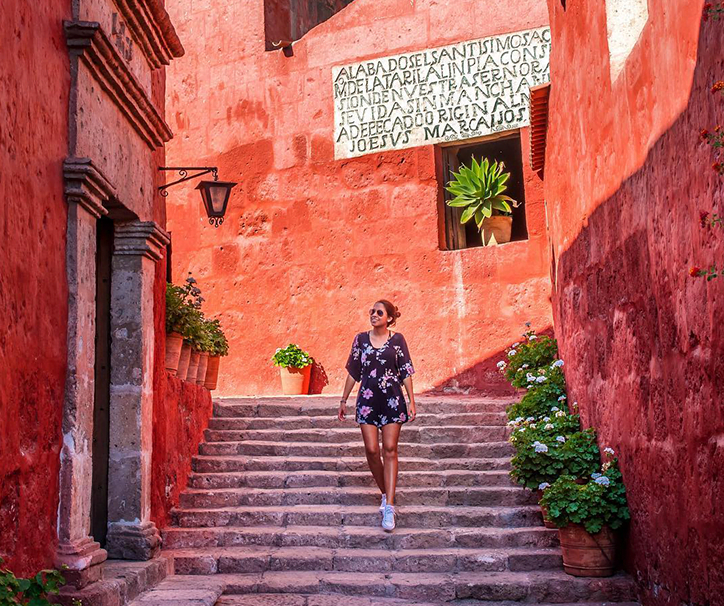

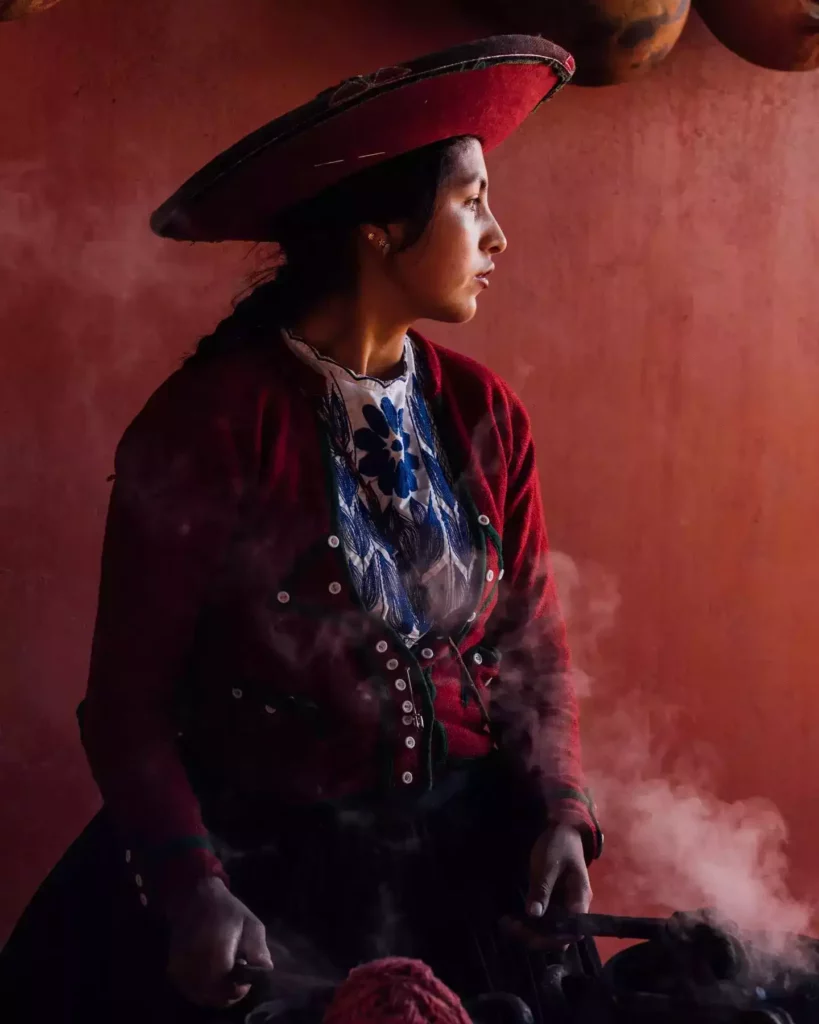

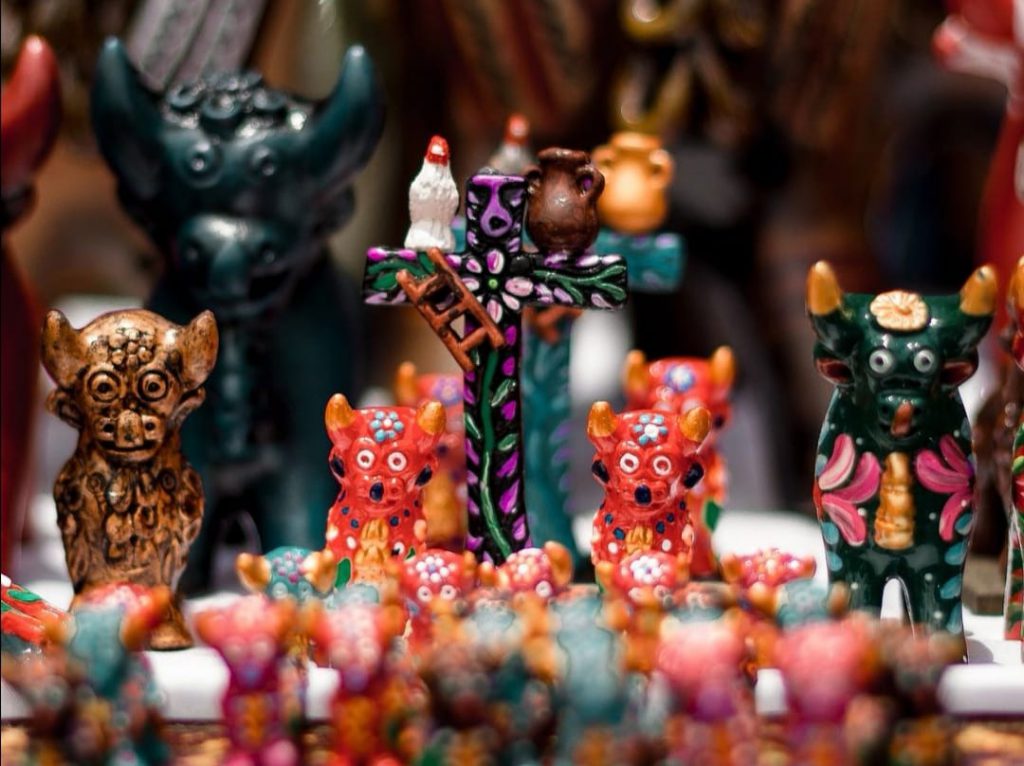

Cusco Location
Cusco is nestled in the southeastern part of Peru, in the Andes Mountains. The city is located in the fertile Huatanay Valley, with the Vilcanota River flowing through it. This strategic location made Cusco an ideal settlement for the Incas, who recognized the advantages of the fertile soil and access to water for agriculture. The region’s diverse climate and ecological zones also contributed to the Inca Empire’s ability to cultivate a wide range of crops.
Cusco’s location as the gateway to Machu Picchu further enhances its significance. The city serves as a starting point for many travelers who wish to explore the wonders of the ancient citadel. Its accessibility and proximity to other archaeological sites. For example, the Sacred Valley, make it a hub for cultural exploration and adventure.
With its breathtaking mountain vistas, rich historical heritage, and vibrant atmosphere, Cusco’s location sets the stage for an unforgettable Peruvian experience. Whether you’re indulging in the city’s culinary delights, wandering through its historic streets, or embarking on a trek to Machu Picchu, Cusco offers a captivating blend of natural beauty and cultural immersion.
Why Visit Cusco?
Cusco, with its intriguing blend of history, culture, and natural beauty, offers a multitude of reasons to visit. Here are a few compelling motives to include Cusco in your travel plans:
- Inca Heritage: Cusco was once the capital of the Inca Empire and is adorned with remnants of its glorious past. The city boasts awe-inspiring archaeological sites, such as Sacsayhuaman, Q’enqo, and Tambomachay. Exploring these ancient ruins allows you to explore the fascinating world of the Incas.
- Colonial Charm: Spanish colonial influences are evident throughout Cusco, blending harmoniously with Inca foundations. The historic center, a UNESCO World Heritage site, is a maze of narrow streets, adorned with colonial-era buildings, churches, and plazas. Strolling through the vibrant San Blas neighborhood, visiting the Cathedral, or admiring the intricate stone-work of Coricancha reveals the city’s colonial charm.
- Vibrant Culture: Cusco is a melting pot of indigenous traditions and modern Peruvian culture. Traditional festivals, such as Inti Raymi (Festival of the Sun) and Qoyllur Rit’i, showcase vibrant costumes, music, and dance.
- Gateway to Machu Picchu: Cusco serves as the starting point for the iconic journey to Machu Picchu. Whether you choose to hike the Inca Trail, take a scenic train ride, or opt for alternative treks. Cusco provides the logistical support and necessary acclimatization for your adventure. It’s the ideal base for exploring the Sacred Valley and experiencing the wonder of Machu Picchu.
- Natural Beauty: Surrounding Cusco is a breathtaking landscape of towering mountains, fertile valleys, and picturesque lakes. The Sacred Valley, with its terraced fields and traditional villages, offers a glimpse into rural Andean life. Outdoor enthusiasts can embark on hikes, mountain biking excursions, or even venture into the Amazon rainforest from Cusco.
Is Cusco Safe?
Safety is a top concern for travelers, and Cusco is generally considered a safe destination. However, it’s important to keep certain factors in mind to ensure a smooth and secure visit:
- Personal Belongings: As with any tourist destination, it’s advisable to take precautions with your belongings. Keep your valuables secure and be mindful of your surroundings, especially in crowded areas or when using public transportation.
- Altitude Considerations: Cusco is located at a high altitude, and some visitors may experience symptoms of altitude sickness, such as headaches, dizziness, or shortness of breath. To minimize the effects, take time to acclimate gradually by resting and hydrating. Avoid excessive physical exertion upon arrival and consider consulting with a healthcare professional before your trip.
- Street Safety: While Cusco is generally safe, it’s always important to exercise caution and be aware of your surroundings, particularly at night. Stick to well-lit and populated areas, and if possible, travel in groups. Use licensed taxis or arrange transportation through your accommodation to ensure your safety.
By staying vigilant, using common sense, and taking necessary precautions, you can have a safe and enjoyable experience in Cusco. The city’s welcoming atmosphere and rich cultural heritage await you, providing an unforgettable journey through the heart of Peru.
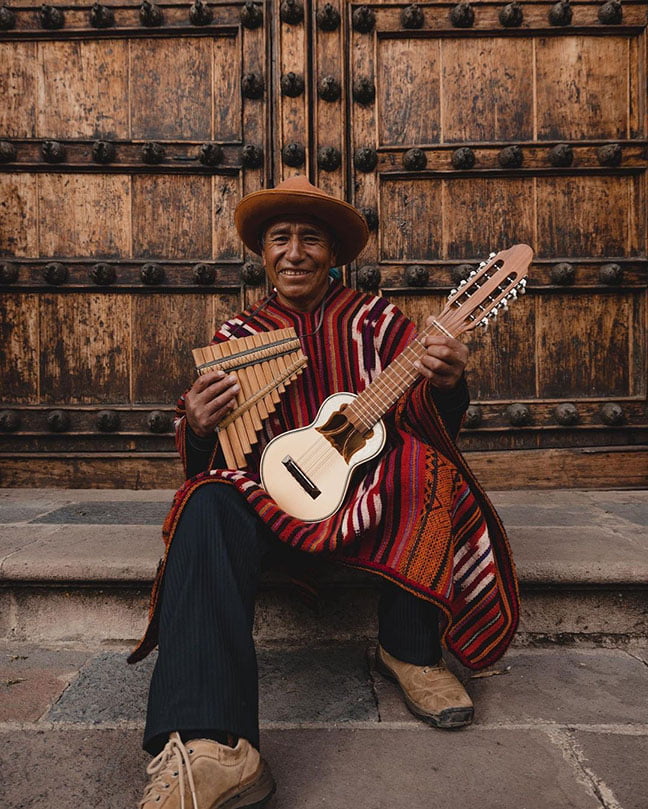

Conclusion
In conclusion, Machu Picchu and Cusco are treasures of Peru that offer a captivating blend of history, culture, and natural beauty. Machu Picchu’s significance as an ancient citadel, coupled with its breathtaking surroundings, make it a must-visit destination for history enthusiasts and nature lovers alike.
Cusco, as the gateway to Machu Picchu, is a vibrant city that showcases the fusion of Inca heritage and Spanish colonial influences. Its captivating archaeological sites, colorful festivals, and warm hospitality make it an ideal starting point for exploring the wonders of the region.
